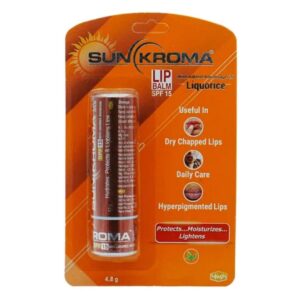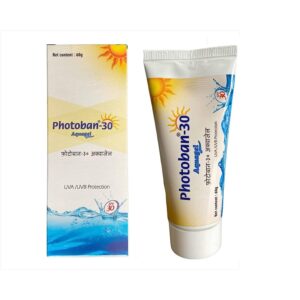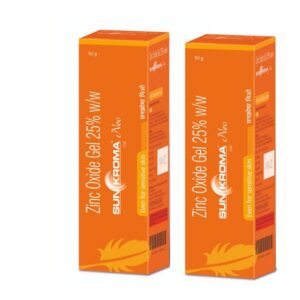OCTYL METHOXYCINNAMATE
OCTYL METHOXYCINNAMATE: OCTYL METHOXYCINNAMATE, also known as octinoxate or ethylhexyl methoxycinnamate, is a common active ingredient found in many sunscreen products. Its primary use is to provide protection against the harmful effects of ultraviolet (UV) radiation from the sun.
The mechanism of action of octyl methoxycinnamate involves absorbing UVB radiation (wavelengths between 290-320 nm) and converting it into less harmful heat energy. By absorbing and dissipating the UVB rays, it helps prevent sunburns and reduces the risk of skin damage caused by sun exposure.
The recommended dose of octyl methoxycinnamate varies depending on the formulation and product. It is typically applied topically to the skin in the form of a lotion, cream, or spray. The specific instructions and frequency of application should be followed as directed by the product label or healthcare professional.
While generally considered safe, octyl methoxycinnamate may cause some side effects. Common side effects include skin irritation, redness, itching, or a rash. These side effects are usually mild and temporary. In rare cases, individuals may experience an allergic reaction characterized by severe skin reactions, swelling, or difficulty breathing. If any serious side effects occur, medical attention should be sought immediately.
It is worth noting that octyl methoxycinnamate primarily protects against UVB rays and offers limited protection against UVA rays. UVA rays are associated with long-term skin damage and aging. It is therefore important to choose sunscreens or products that offer broad-spectrum protection to ensure protection against both UVA and UVB radiation.
As with any medication or skincare product, it is advisable to consult with a healthcare professional or dermatologist to determine the most suitable product and understand proper application techniques based on individual needs and skin type.



